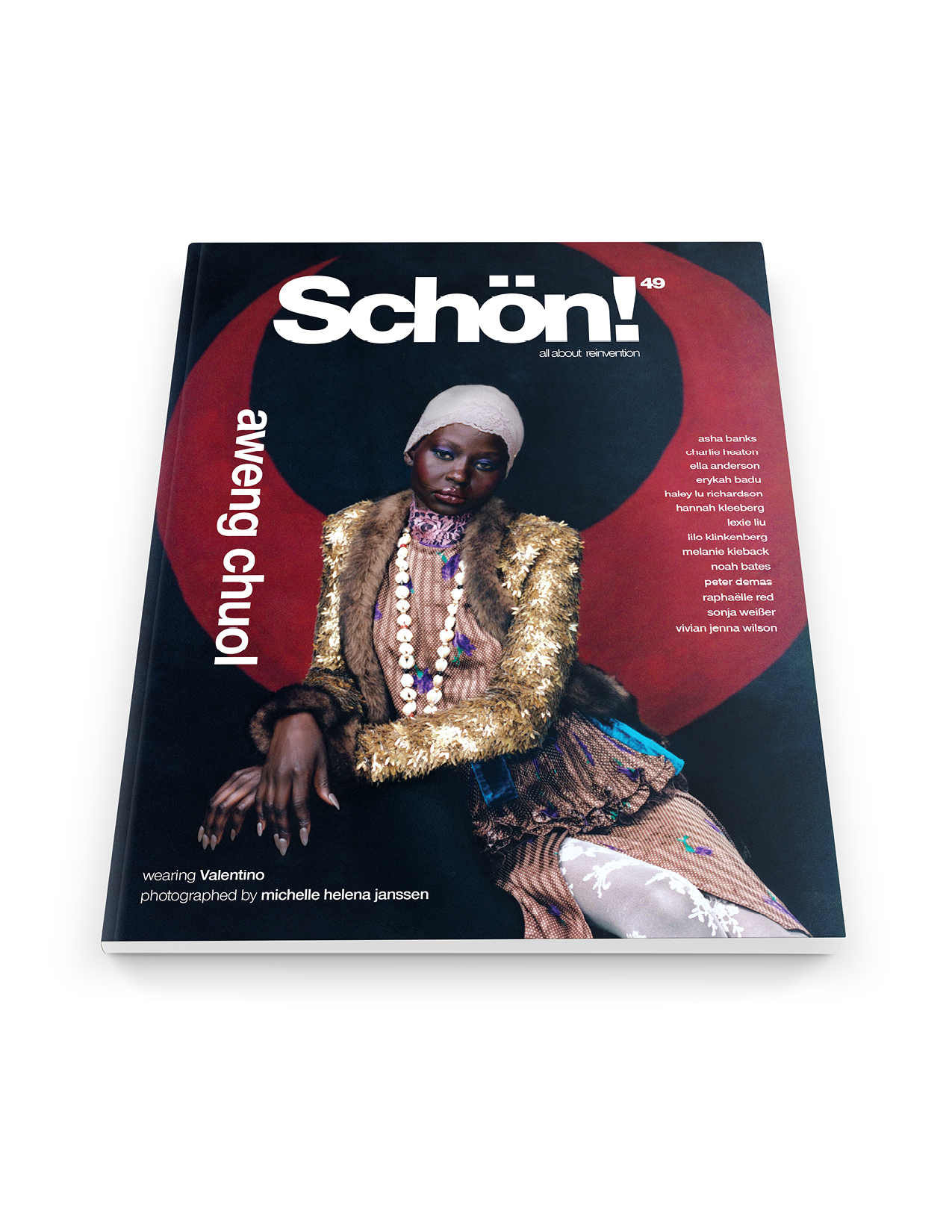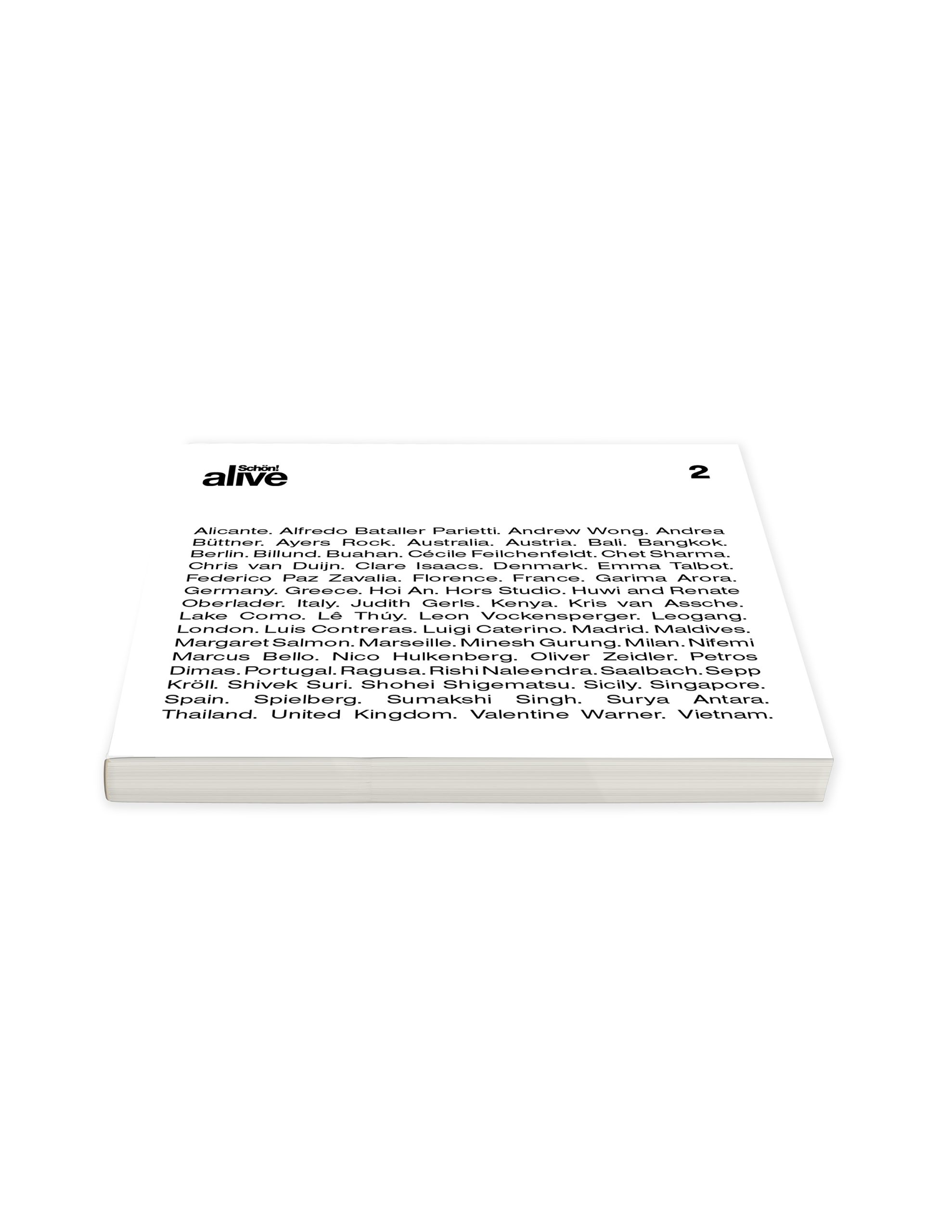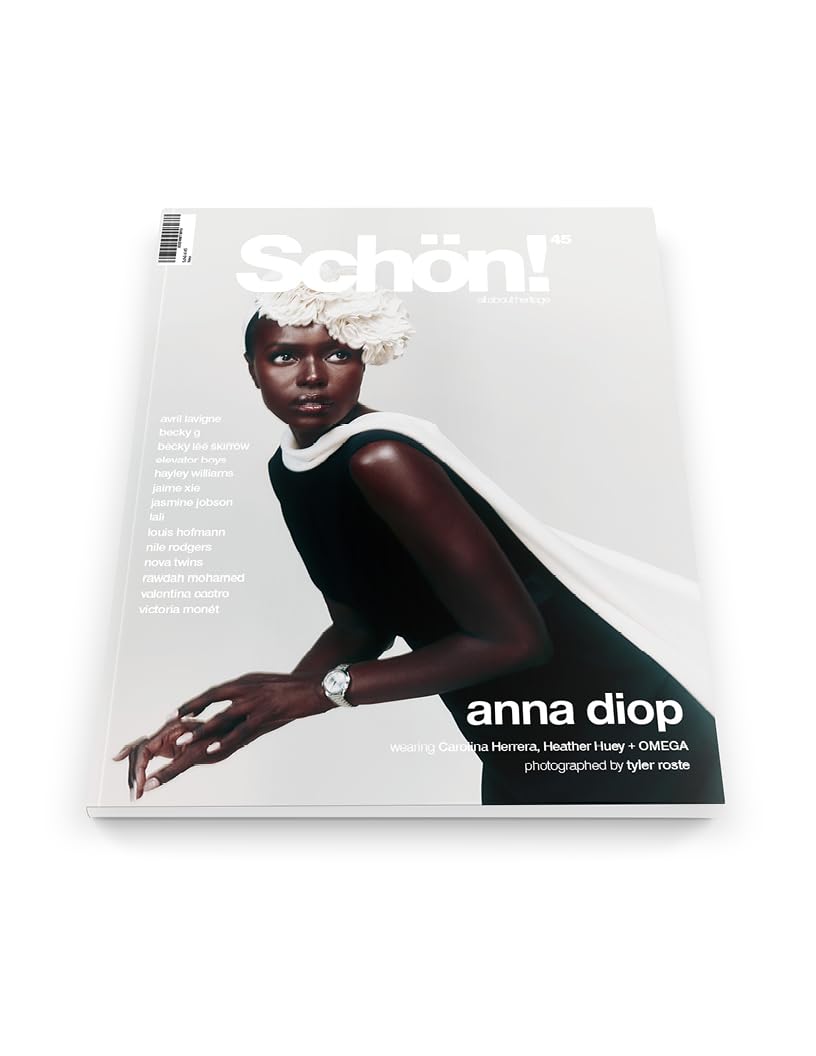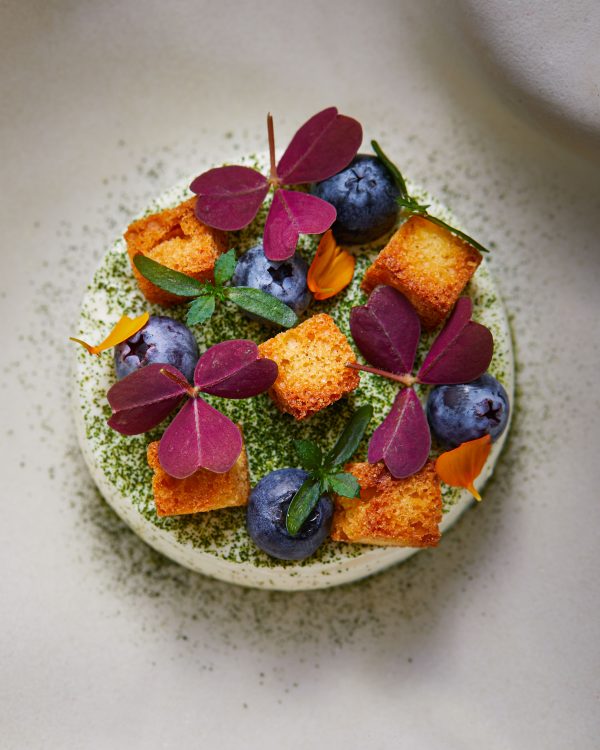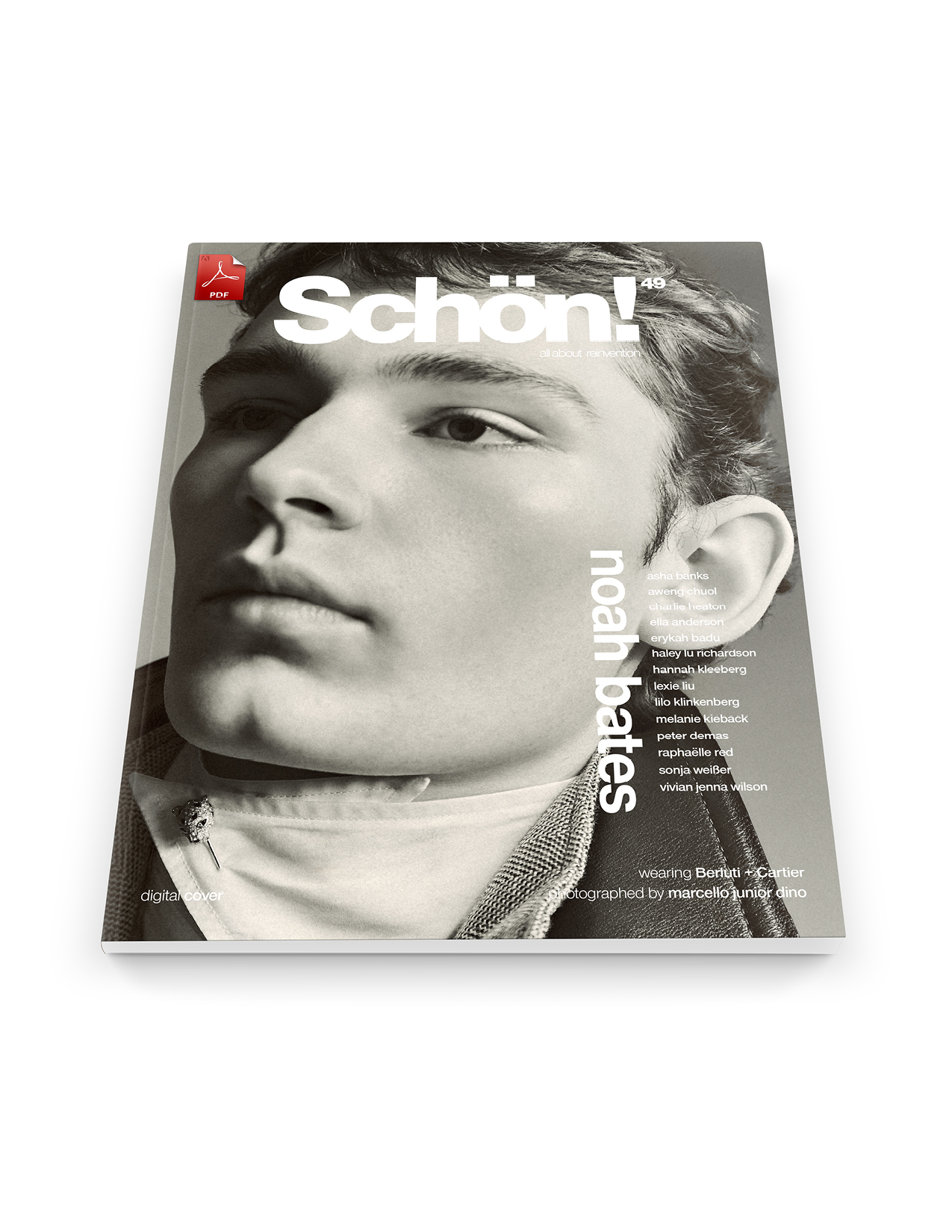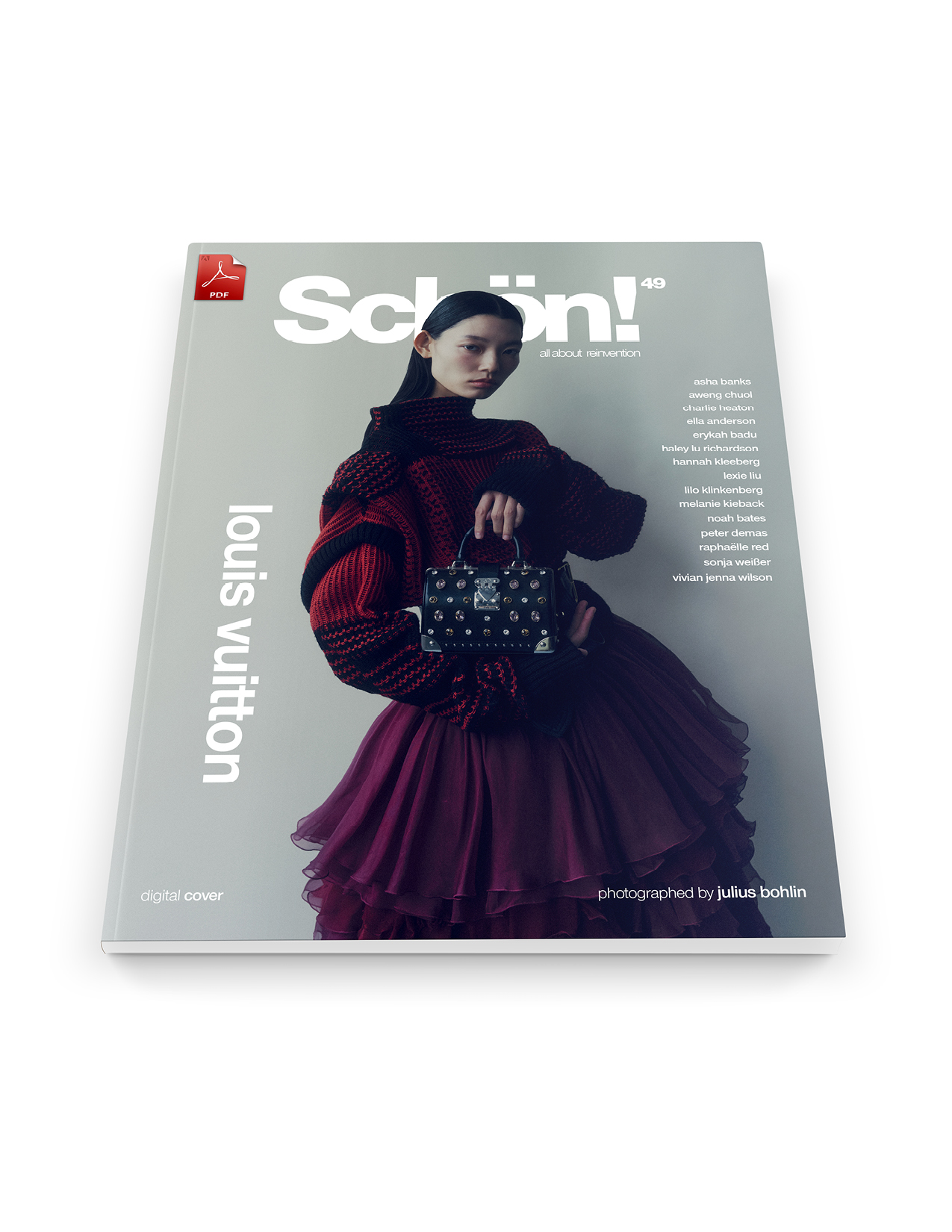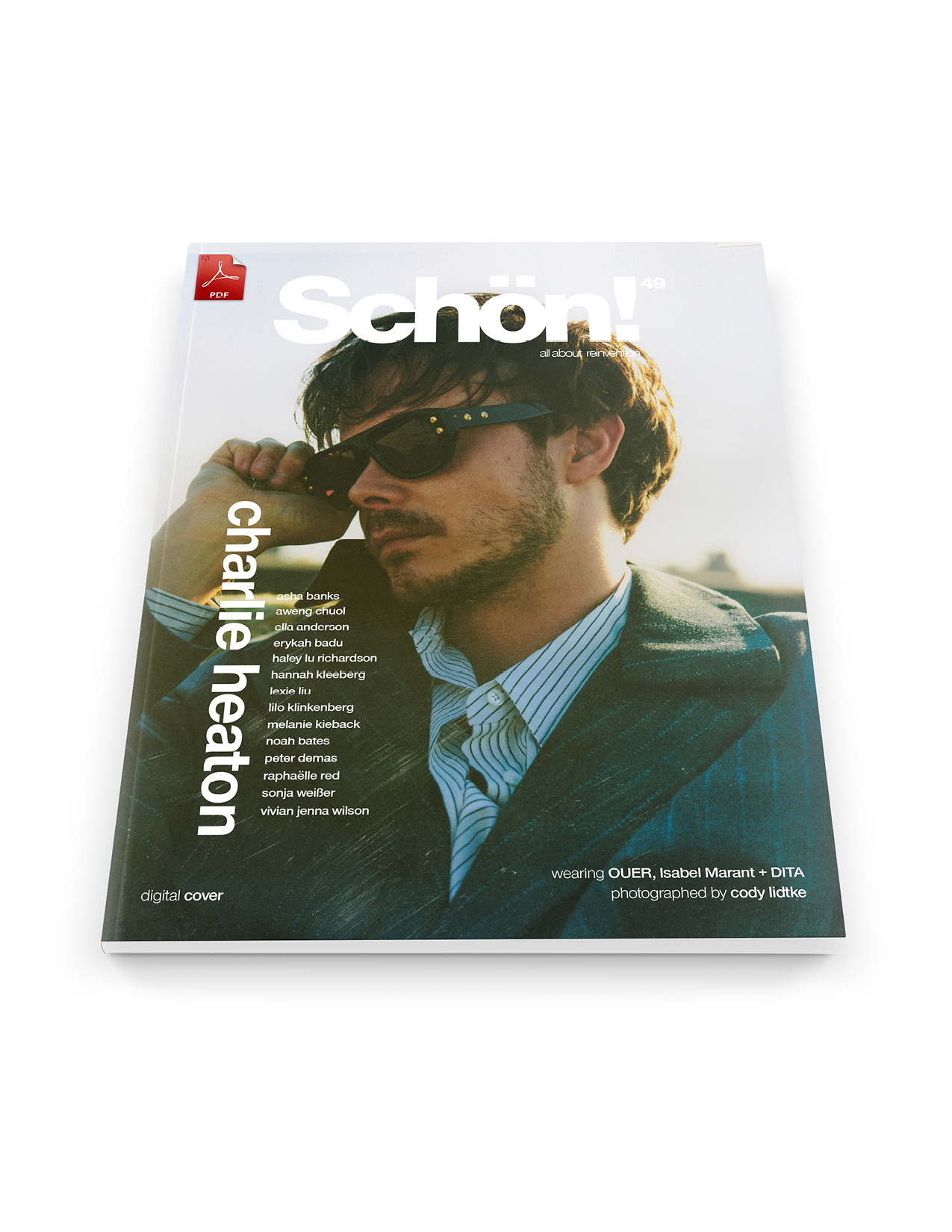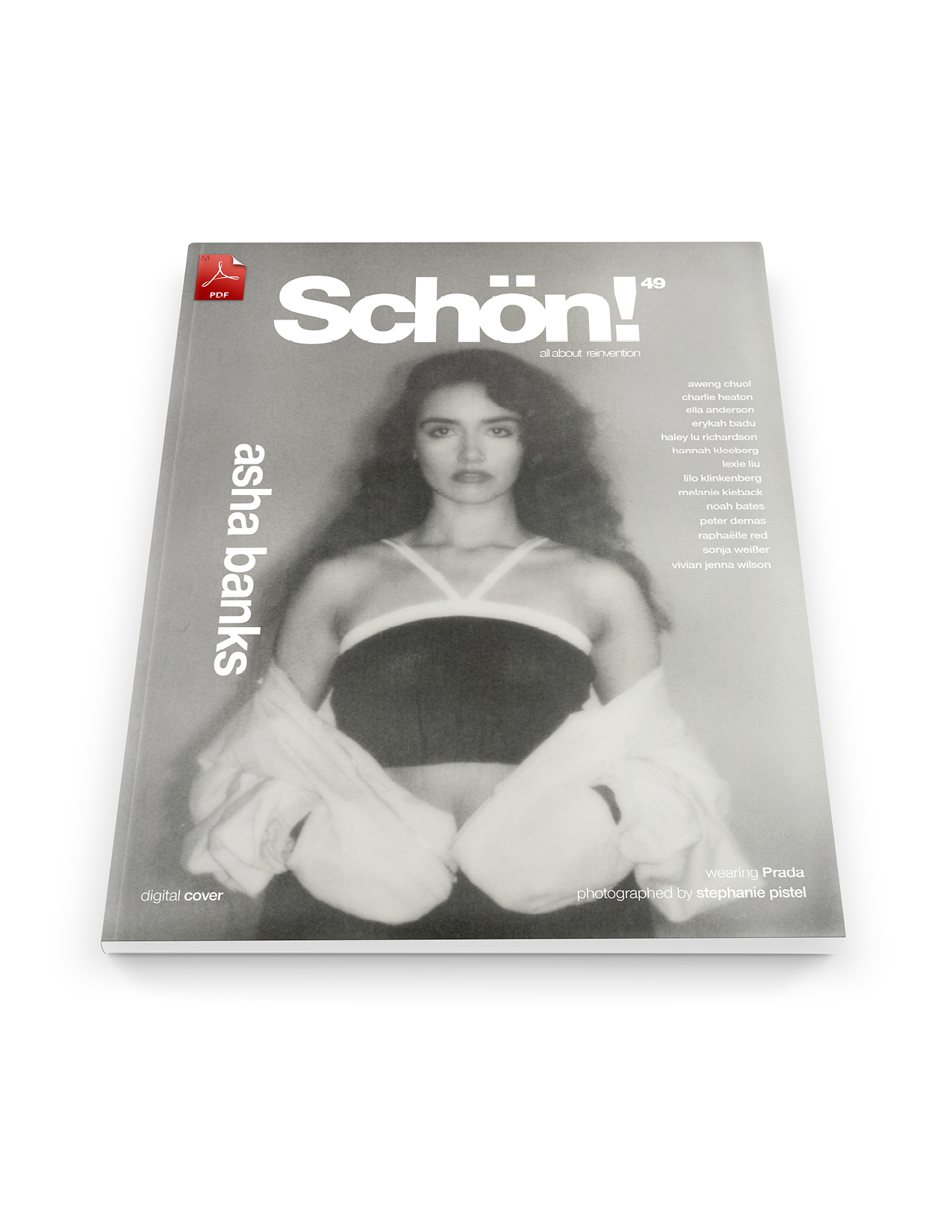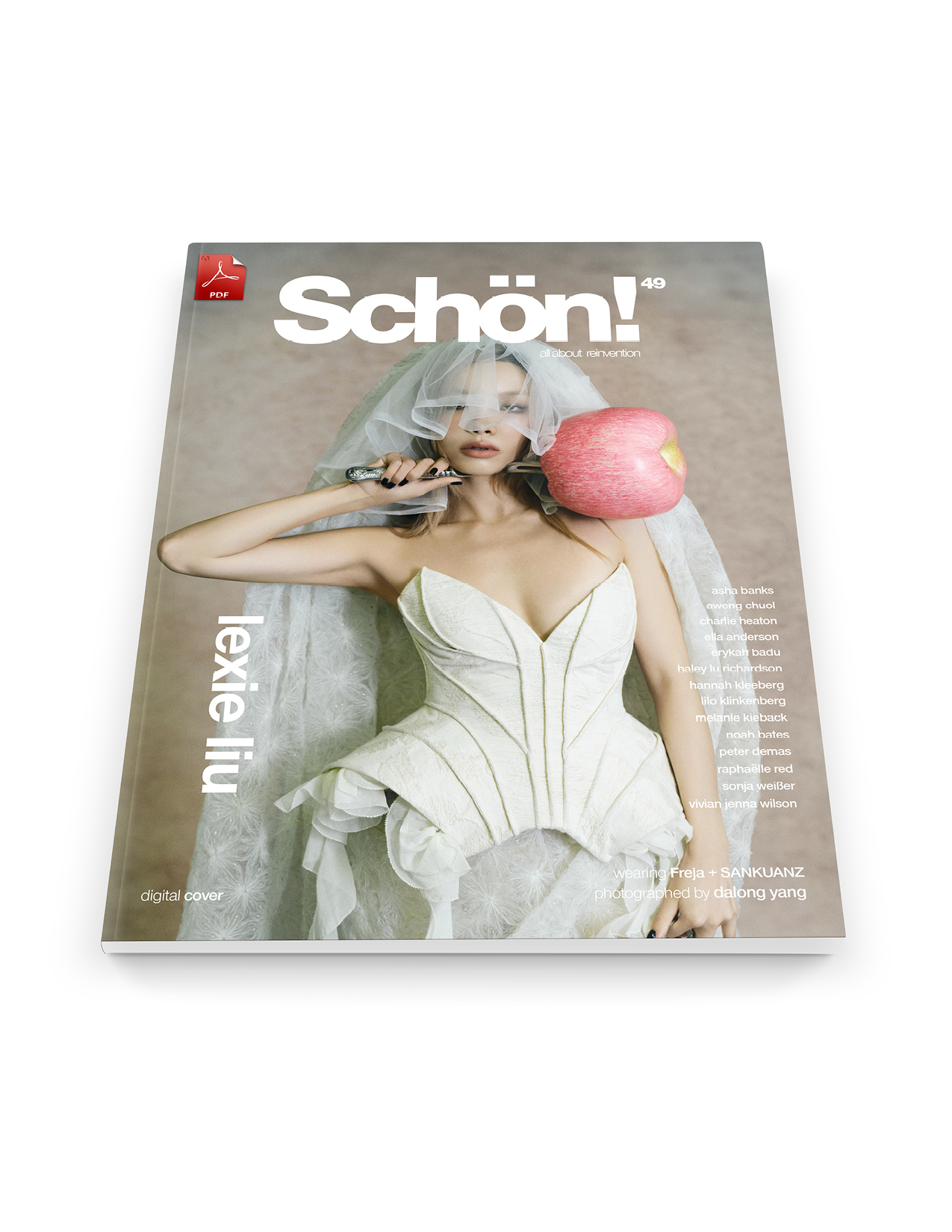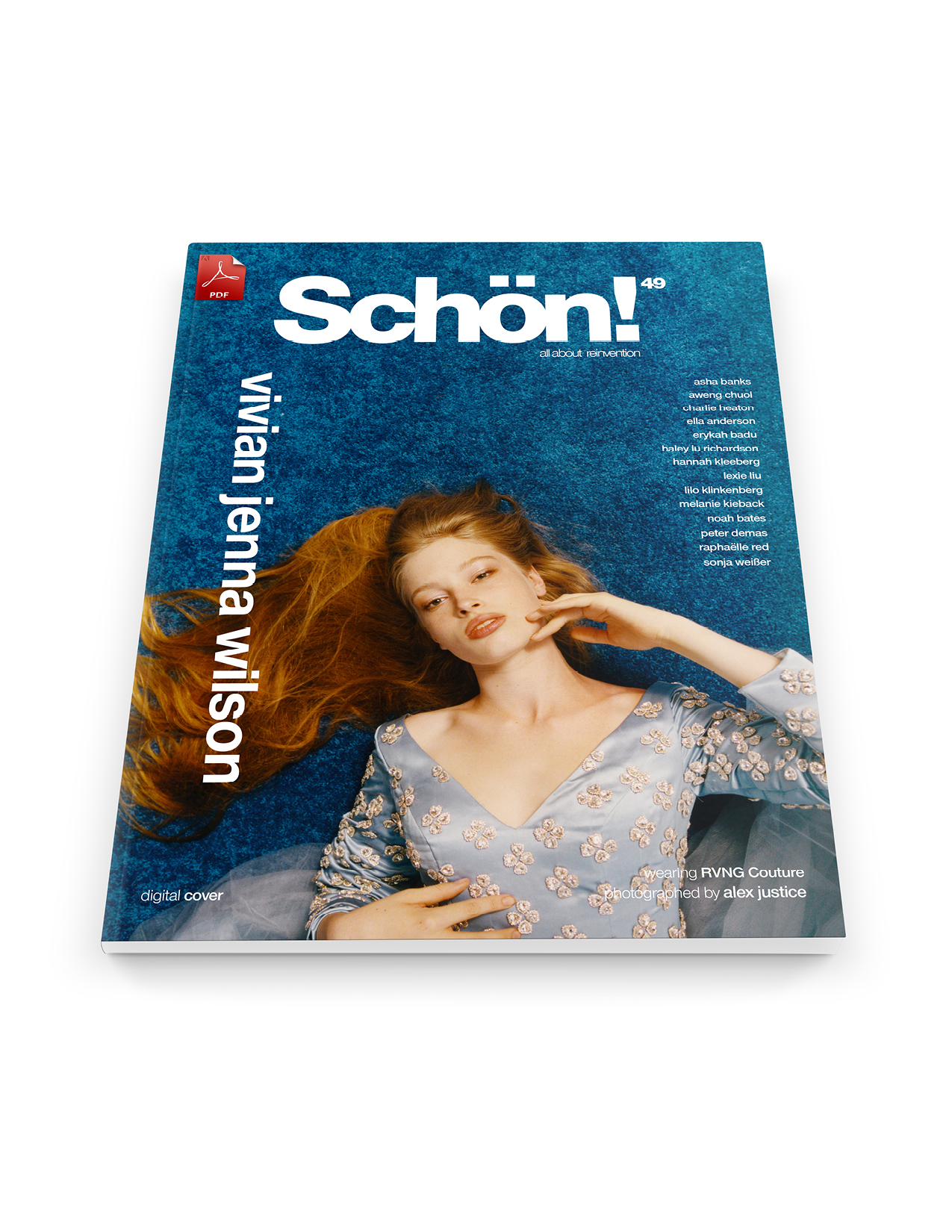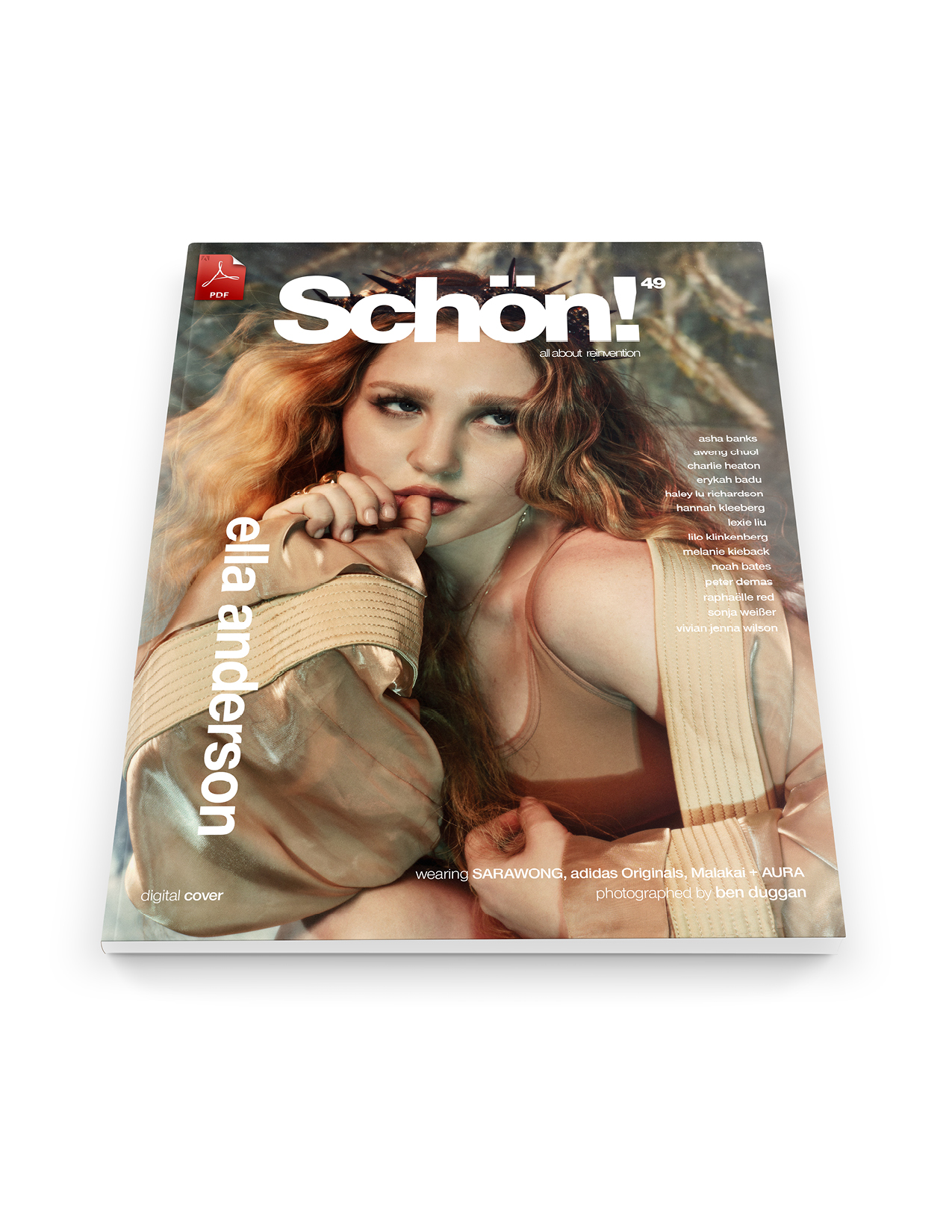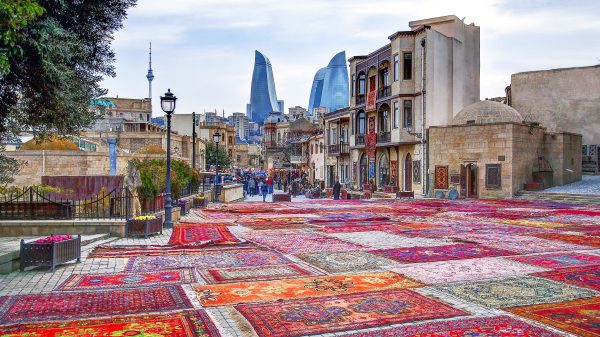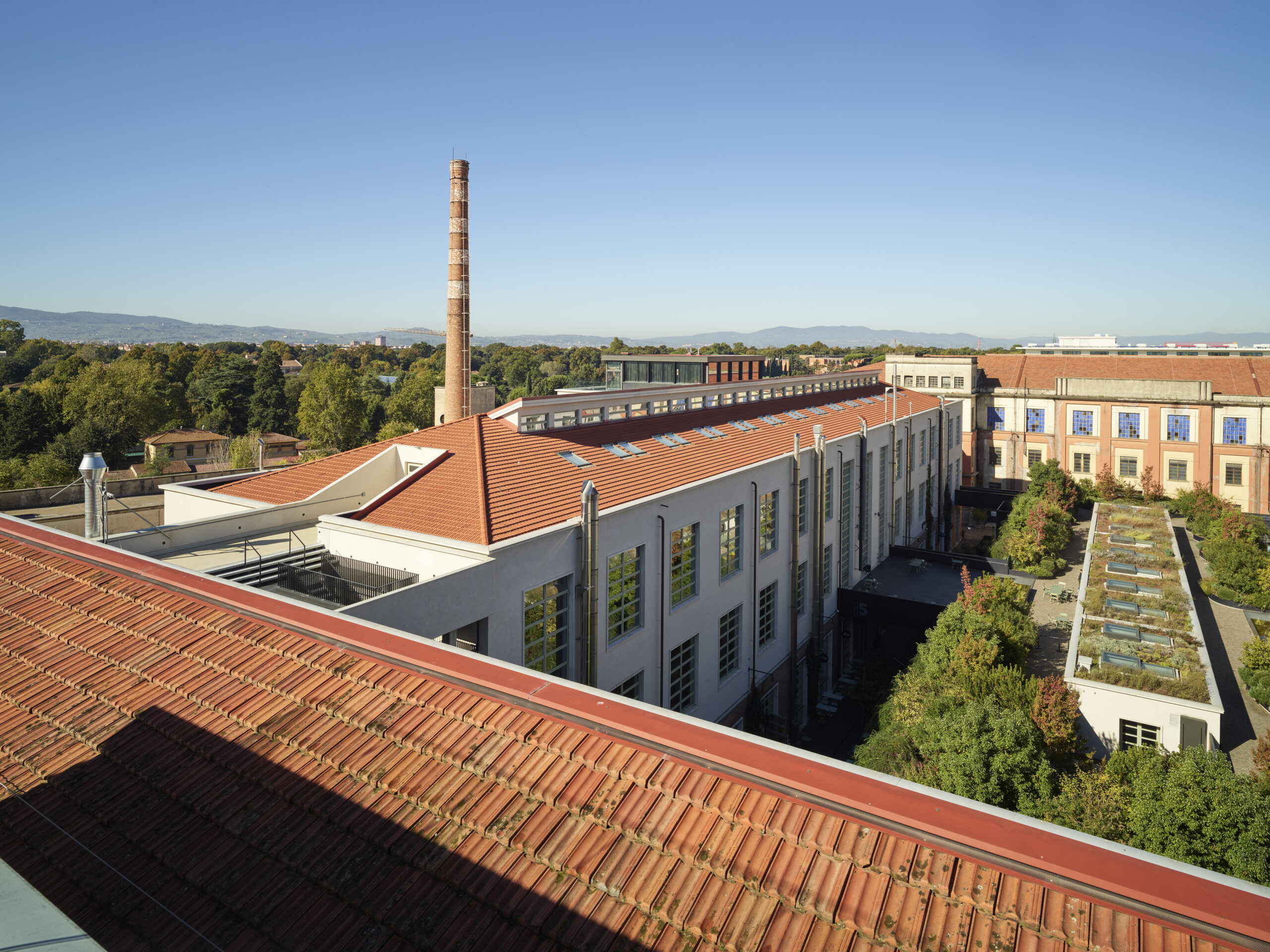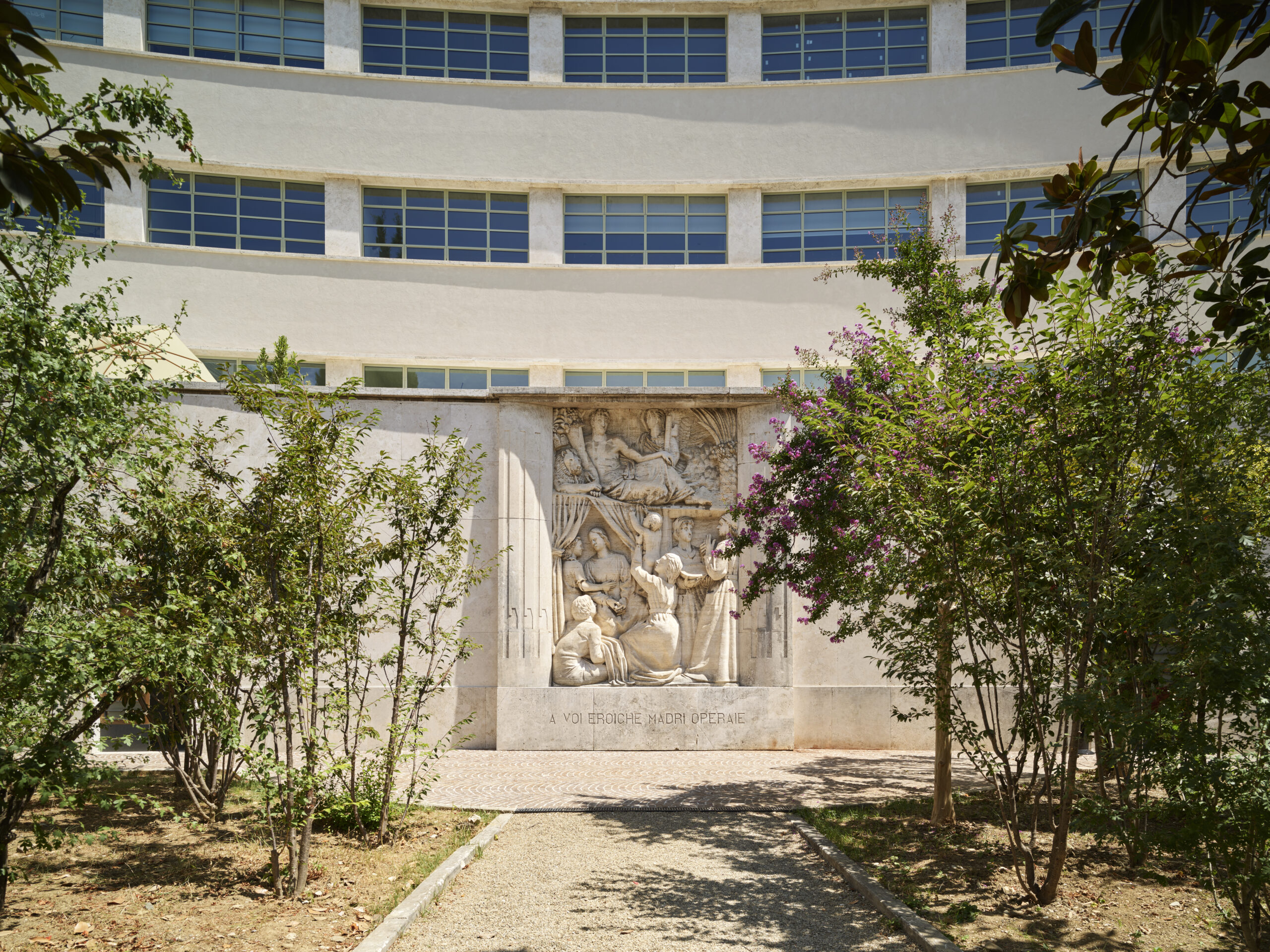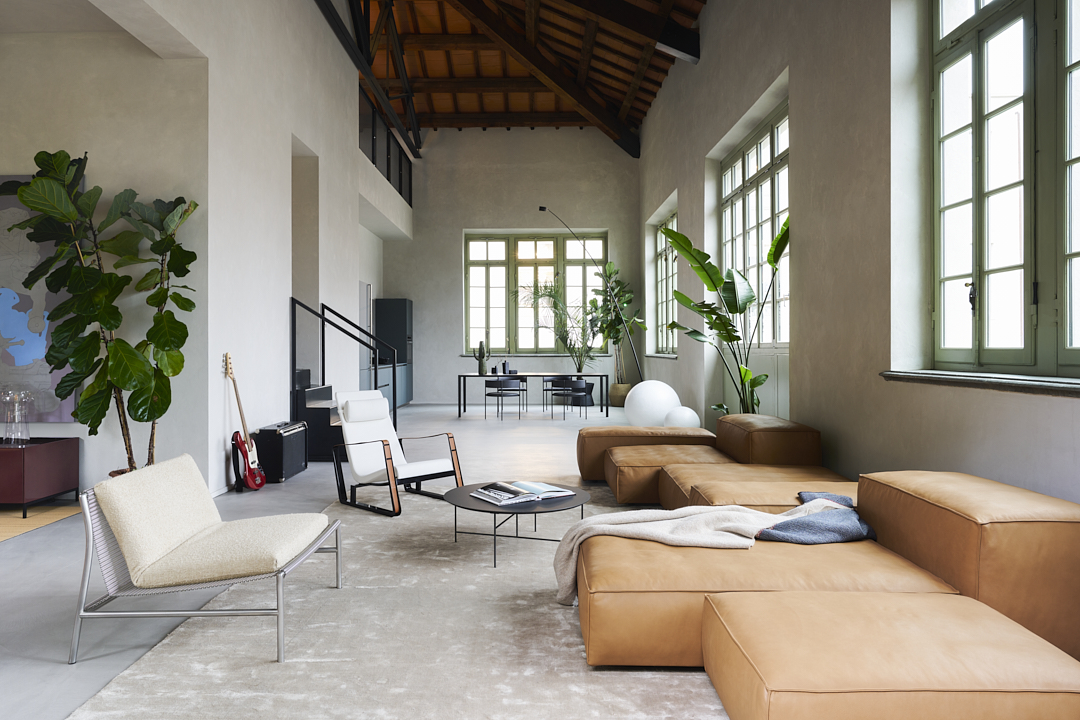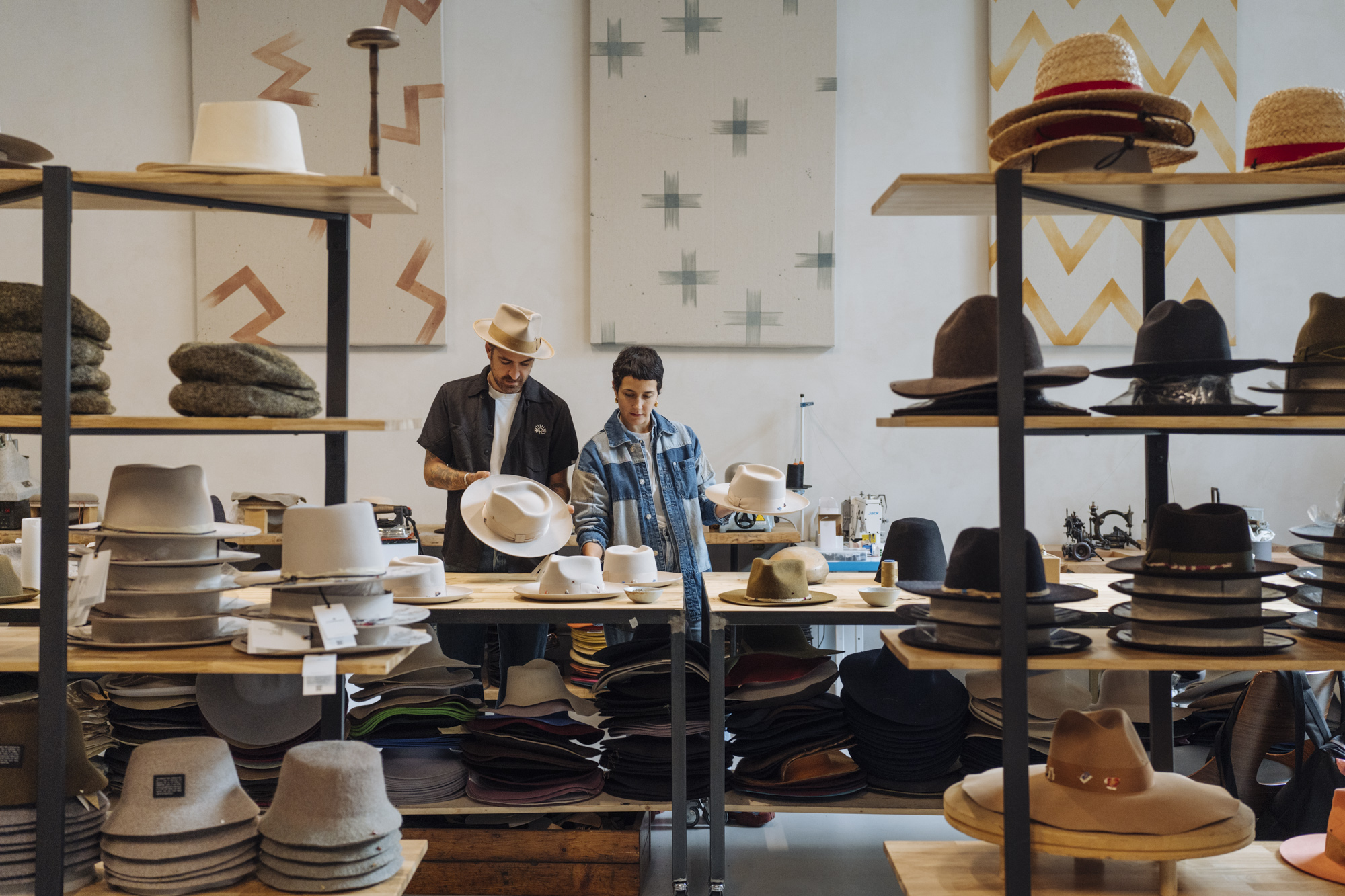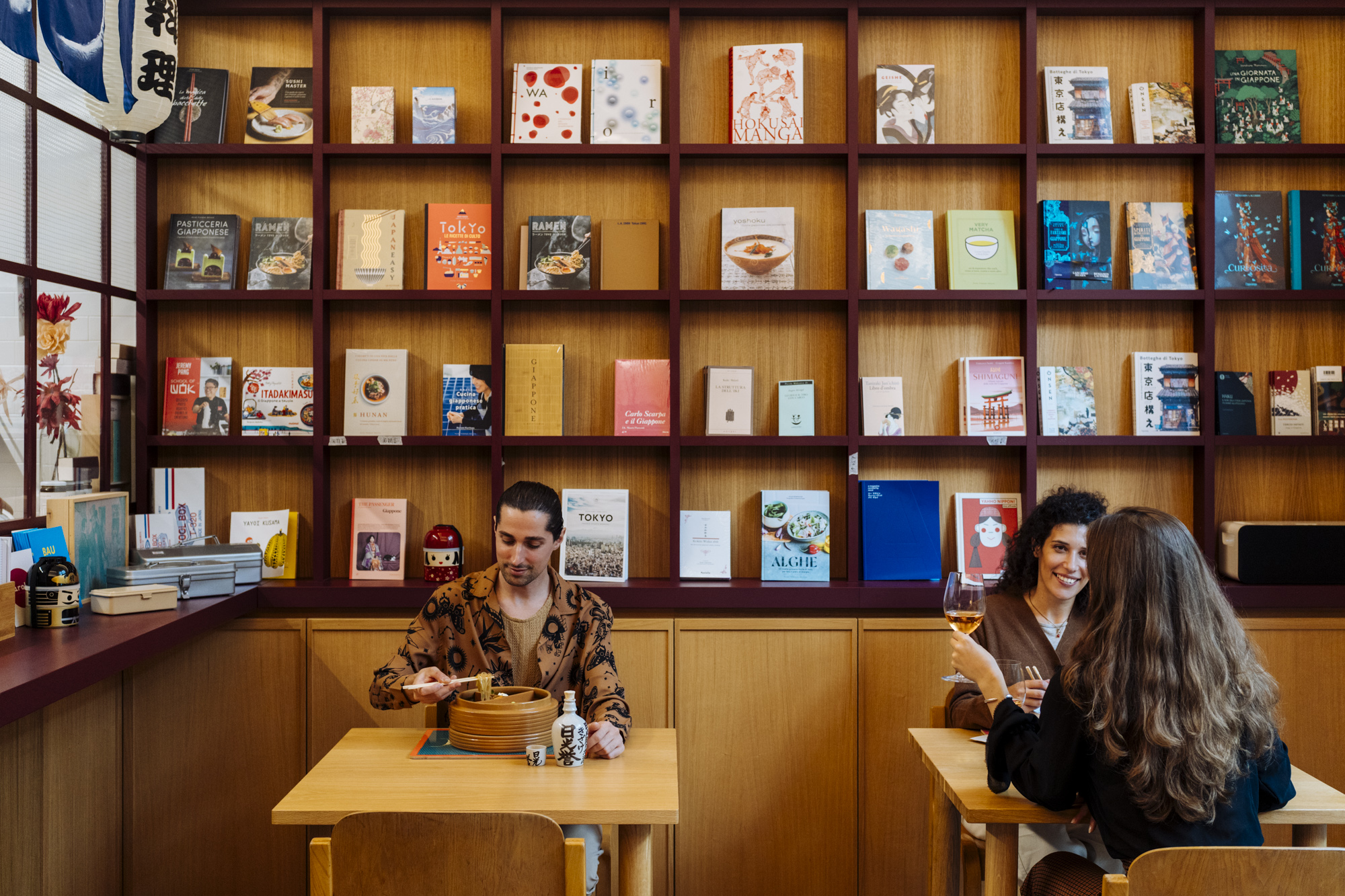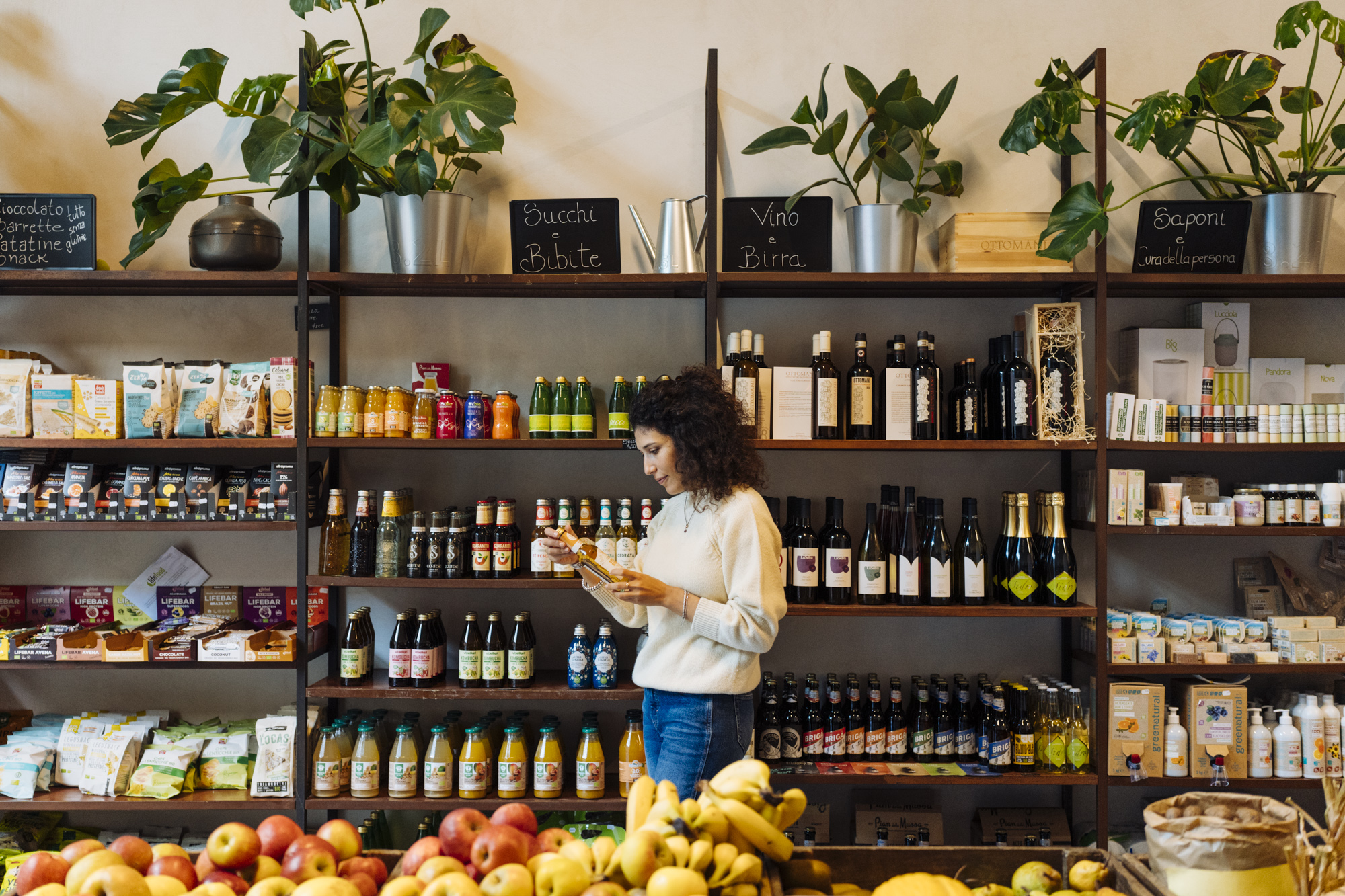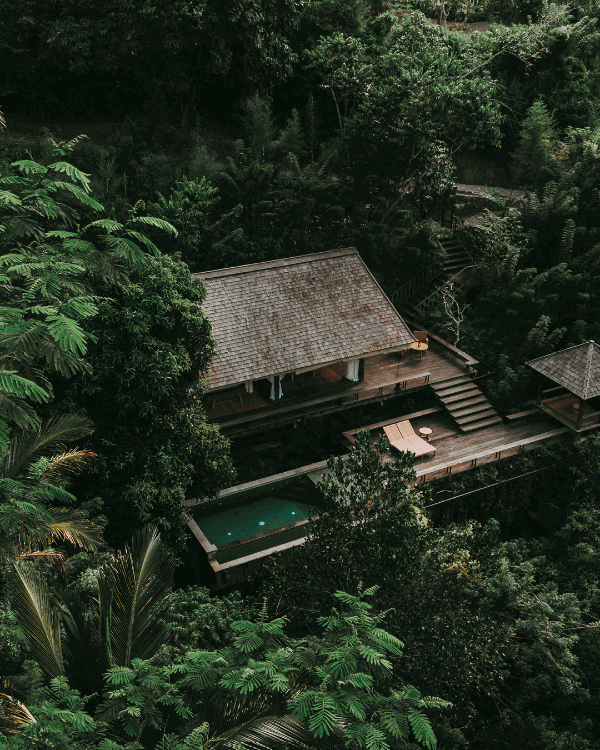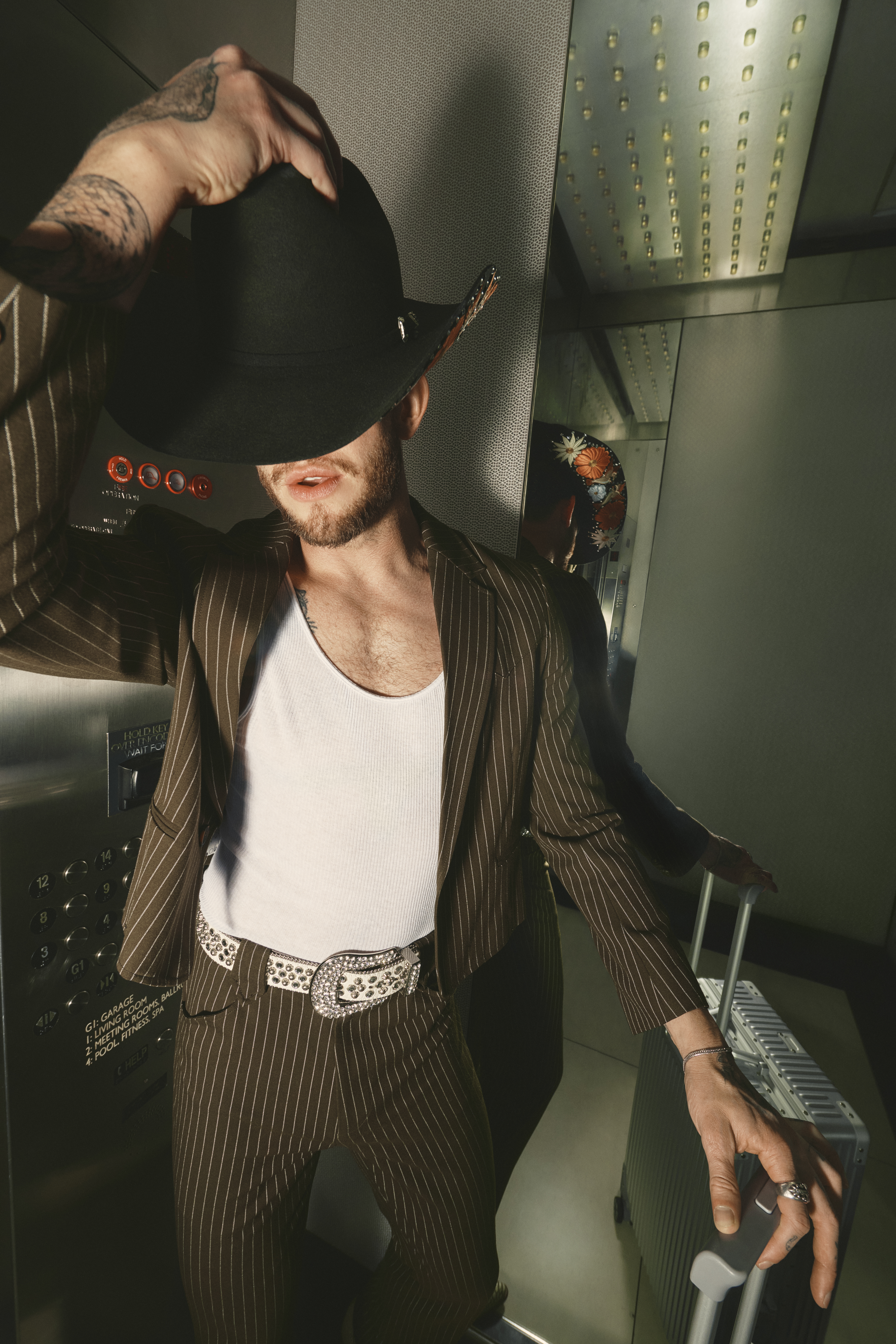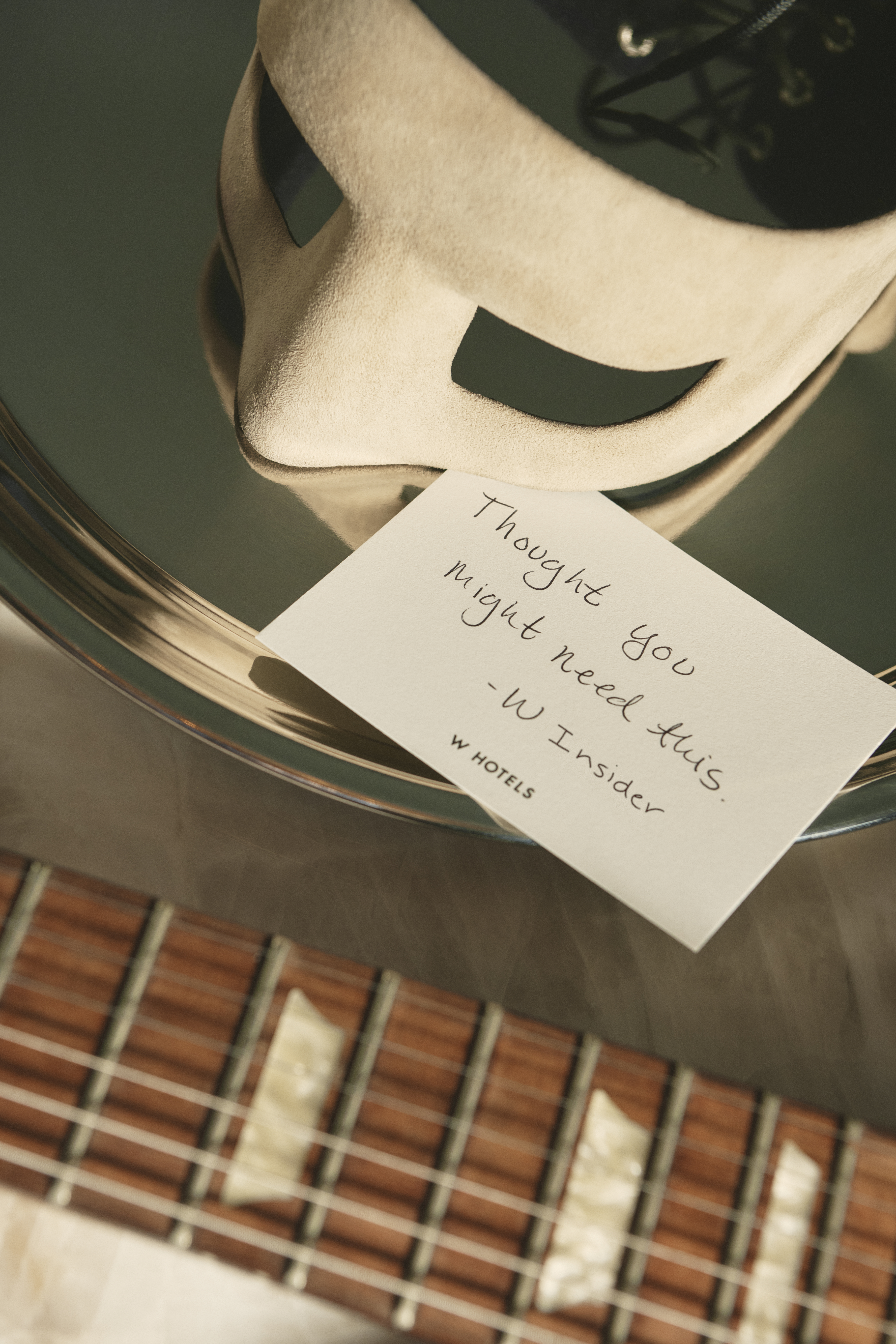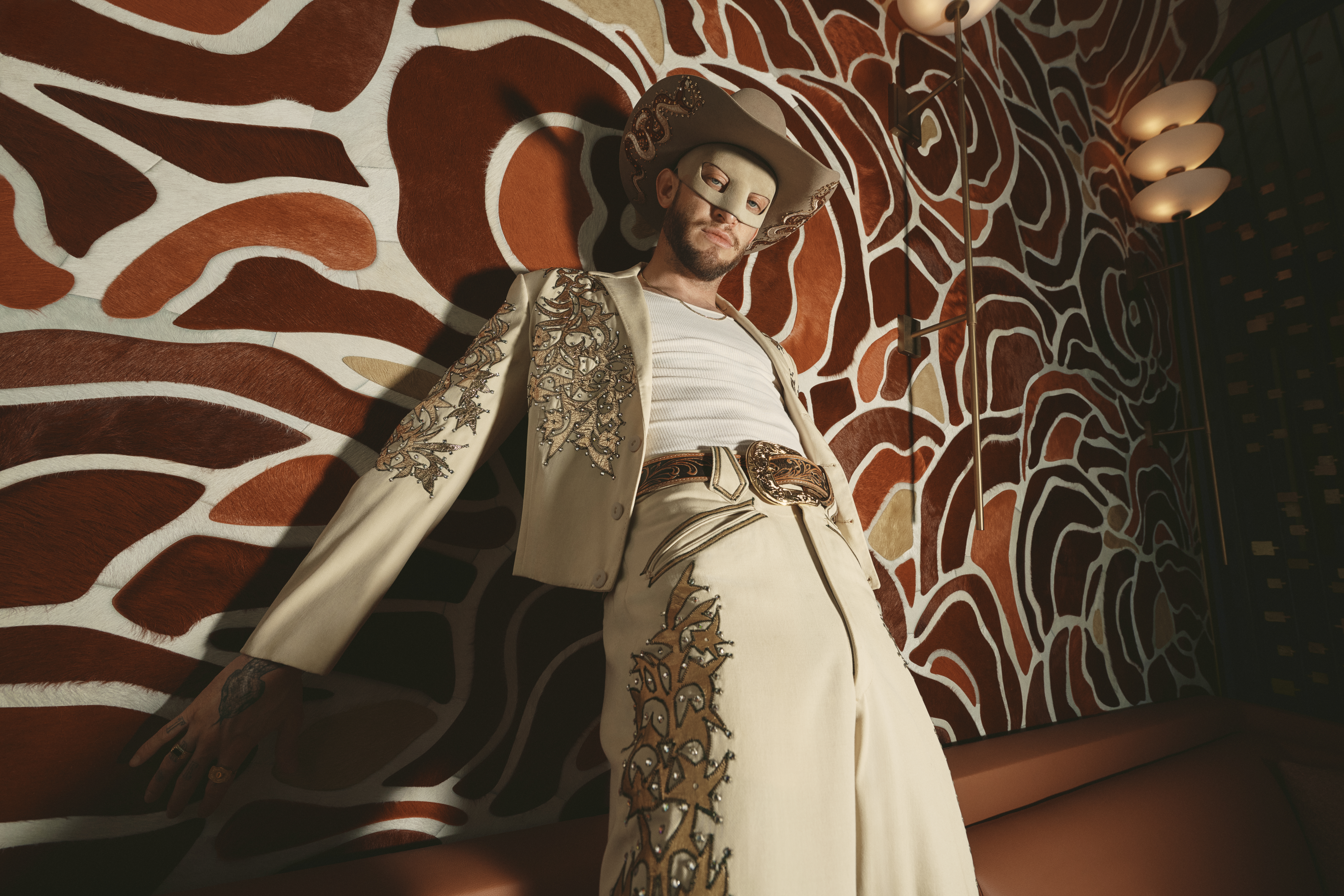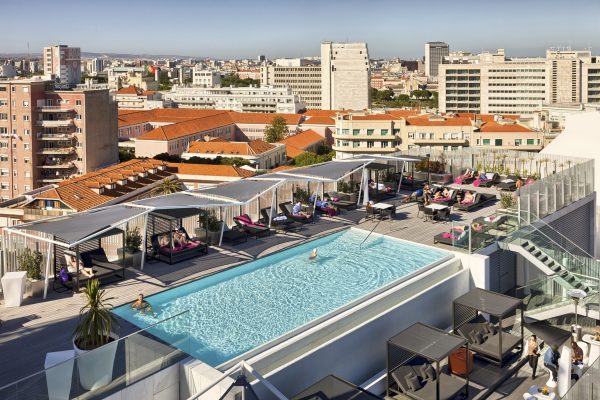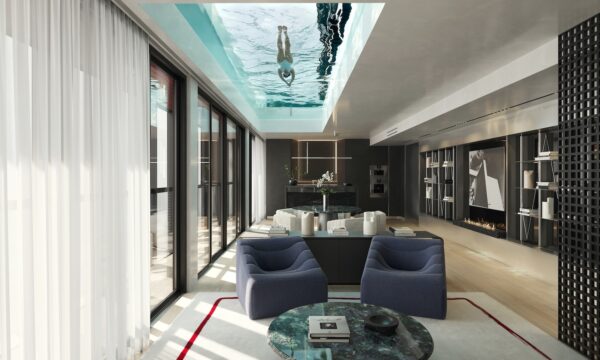
Inara Camp
Matisse was drawn to Morocco’s rich culture, Yves Saint Laurent to its vibrant colours, and The Rolling Stones to its traditional music. From the coastal city of Essaouira to the high peaks of the Atlas Mountains, Morocco has been a magnetic destination for decades. For anyone in the market for a long – and hopefully sunny – weekend escape, Marrakesh is one of the best gateways to this country. Although not the largest city in the country, it was a key political, economic and cultural hub for a long time and continues to be a place of influence.

Hôtel Barrière Le Naoura. Photography | Alamy
Arriving in Marrakesh can involve a bit of a wait – be prepared for queues at passport control – but it will all be worth it once you step outside the airport. First, settle into your accommodation before setting out to explore the splendour of the city. For a 48-hour break, the 5-star Hôtel Barrière Le Naoura is a worthy option: it is a stone’s throw from the historic Medina but also manages to feel completely removed Marrakesh’s constant hustle and bustle. During check-in, a staff member mentions that we’re likely to wake up to the sound of birdsong and, sure enough, the next day, cheerful chirping can be heard from the balcony overlooking the outdoor pool.
When considering accommodation options in Morocco, the question of riads often comes up. In addition to its 85 rooms, Hôtel Barrière Le Naoura has separate riads (each with a private pool) hidden behind high walls. They are ideal for families or groups who would like the experience of staying in accommodation designed like a traditional Moroccan home.

Hôtel Barrière Le Naoura
Once you’ve checked in, it’s time to step through one of the old city gates and let yourself get lost in the narrow, winding streets within the Medina’s ramparts. The ancient city features many masterpieces of architecture for which it is inscribed on UNESCO’s World Heritage List. There’s the busy Jamaâ El Fna Square, the 19th Century Bahia Palace or the walled Kasbah district, for example. While in the Medina, it’s also almost impossible to miss the souks: here, you’ll be able to discover the deeply engrained craftsmanship of the country and buy items to fill your suitcase, from the ubiquitous Moroccan rugs to ceramics, jewellery and leatherware. If the fast pace is overwhelming or you’d prefer not to haggle, shop for souvenirs at the Ensemble artisanal instead. Just around the corner from Hôtel Barrière Le Naoura, the complex houses an array of shops, including those dedicated to brasswork, woven goods, leatherwork and slippers by state-qualified craftsmen.
Marrakesh has many cultural sites and landmarks – including palaces, museums and gardens – so you’re sure to find your culture fix. Icons like the Majorelle Garden need no introduction and are a must on any visitor’s itinerary (just be sure to book in advance). However, make time for some of the city’s hidden gems, such as La Maison de la Photographie de Marrakech, which is set in a beautifully preserved traditional building and offers a captivating journey through Morocco’s history. Inside, a collection of photographs from as far back as the 1870s reveals this land through the ages and through the eyes of both renowned and anonymous photographers. After your visit, climb the final flight of stairs to reach the museum’s rooftop from where you can enjoy a refreshment while taking in the panoramic views of the city.

Dardar. Photography | It’s Me Louis
Rooftop venues, much like beach bars, have a timeless, universal appeal when you’re on holiday, and in this regard, Mazel and Dardar certainly deliver. Belonging to the same owners, who will soon open a third rooftop establishment, both places offer a relaxing vantage point over the city. On the edge of the Medina, Mazel serves its take on street food classics such as filled pitas making it an ideal pitstop for lunch. At the heart of the Medina, Dardar is a buzzy venue for Moroccan-inspired food and signature cocktails split over two levels with evening entertainment, ranging from live traditional music to DJ sets.

Mazel
Just outside the high-energy city lie the open spaces of the Agafay desert with the Atlas Mountains in the distance. If you’re short on time and can’t stay overnight in a tent at a desert camp, you can discover facets of desert life through daytime activities. The newly refurbished Inara Camp, for example, has a whole range of options for daytime guests. The camp was founded by Vincent Jacquet, a Frenchman who fell in love with Morocco over a decade ago and who wants guests to experience firsthand the beauty and magic of the country that captivated him. There are quad- or E-bike tours for the adventure-hungry. Food-loving travellers might prefer a traditional family-style lunch in a private tent using local ingredients prepared on-site by a chef trained at the Royal Monceau, while evening activities include stargazing.

Inara Camp
No trip to Morocco is complete without a sauna and hammam session, so why not end your trip on a relaxing note? It’s the perfect antidote to a busy day of shopping and sightseeing. Options are plentiful across the city, and you can even book yourself in for a treatment at Hôtel Barrière Le Naoura, where you’ll be immersed in the soothing scents of orange blossom, oud or cinnamon. You’ll leave Marrakesh wanting to return at the earliest opportunity.
words. Ginger Rose Clark


